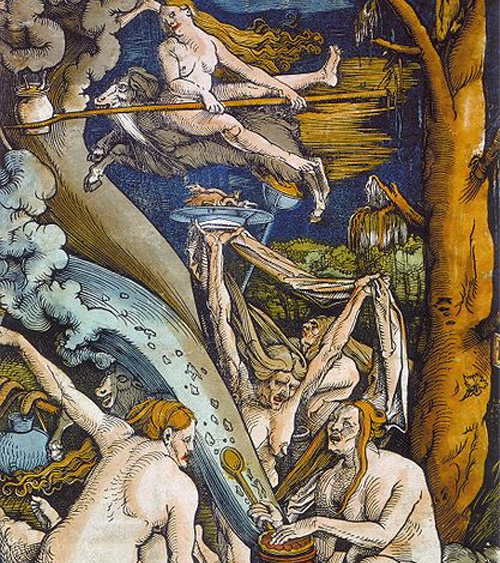Polychronicon 147: Witchcraft, history and children
Teaching History feature

Interpreting England's biggest witch trial, 1612
Witchcraft is serious history. 1612 marks the 400th anniversary of England's biggest peacetime witch trial, that of the Lancashire witches: 20 witches from the Forest of Pendle were imprisoned, ten were hanged in Lancaster, and another in York. As a result of some imaginative commemorative programmes, a number of schools in the region have begun teaching the history of witchcraft, opening an unusual window on life in Tudor and Stuart Britain.
Ever since Keith Thomas's classic Religion and the Decline of Magic, English witchcraft has been understood largely as a by-product of ‘village tensions'. It typically involved begging with menaces, festering feuds and clashes between neighbours in which old, poor, insecure and quarrelsome women were most at risk. Witches were prosecuted through the ordinary criminal justice system, usually singly, and sentenced to stand in the pillory or, at worst, to be hanged. The charges were usually brought by their wealthier neighbours. English witchcraft was thus quite unlike the large-scale top-down witch-hunts of continental Europe, where teams of inquisitors conducted heresy-hunts which often ended up with ‘witches' being burnt at the stake by the dozen.
This resource is FREE to all registered users of the website
If you are not already registered you can sign up for FREE Basic Website Access or Join the HA to access this content.

